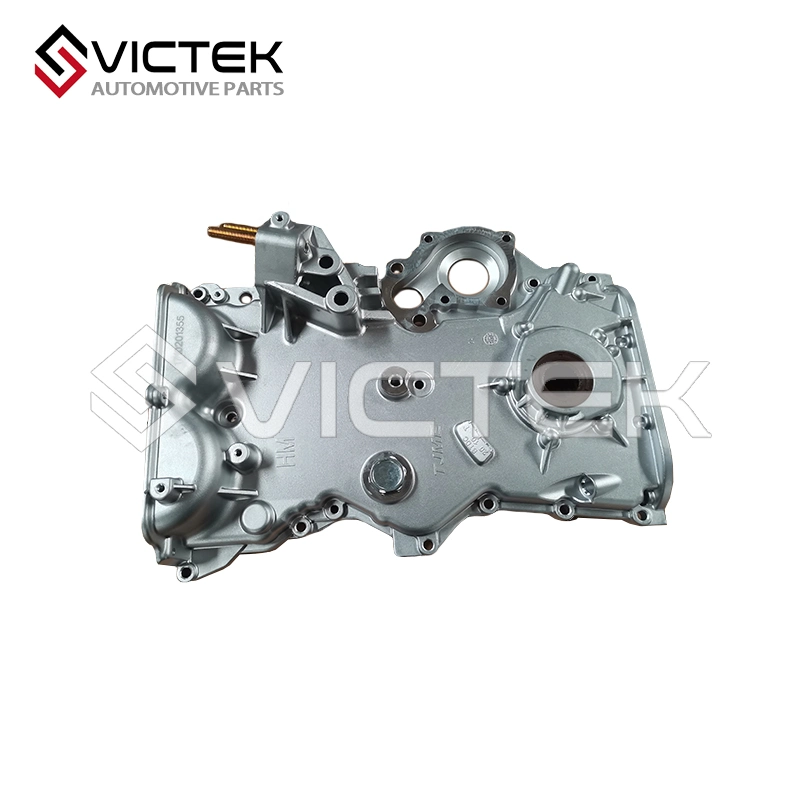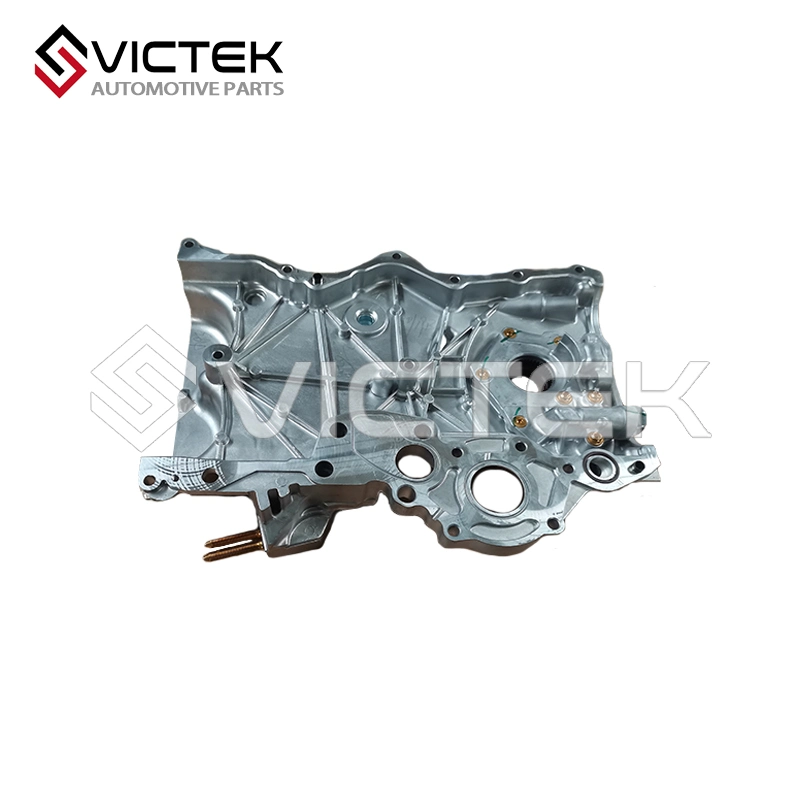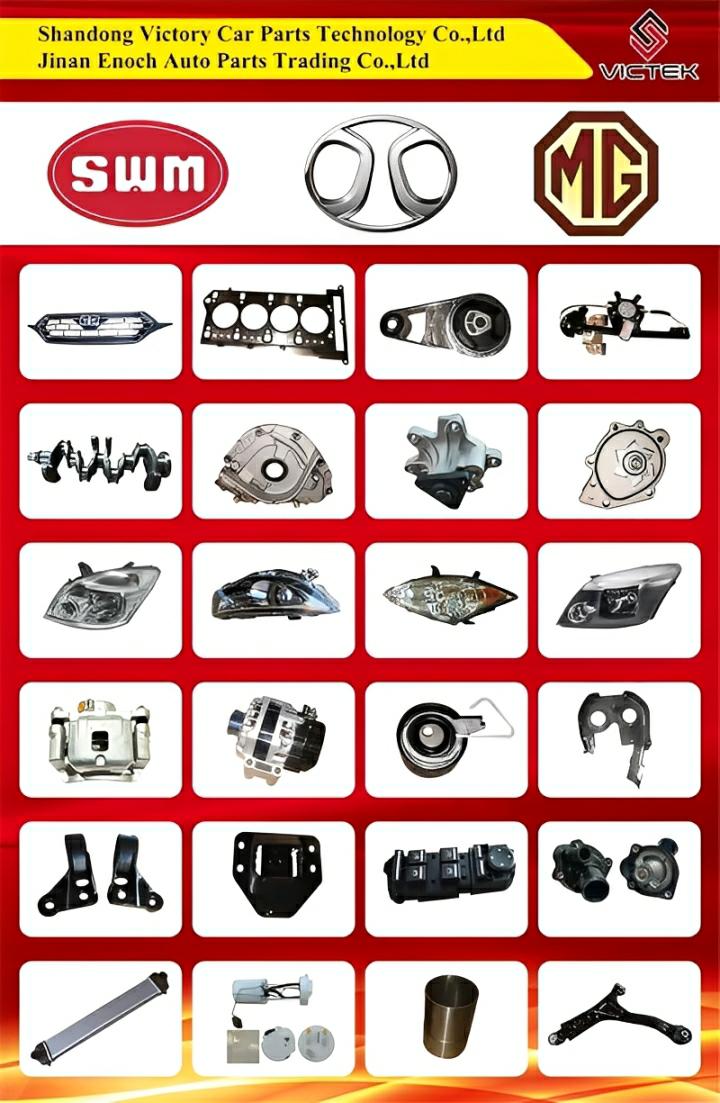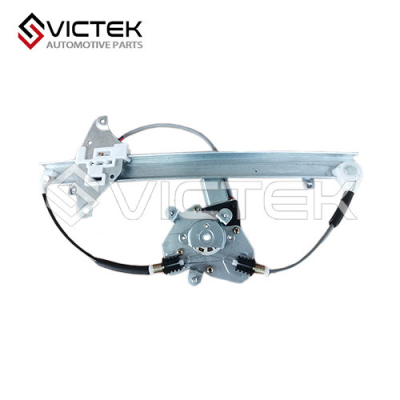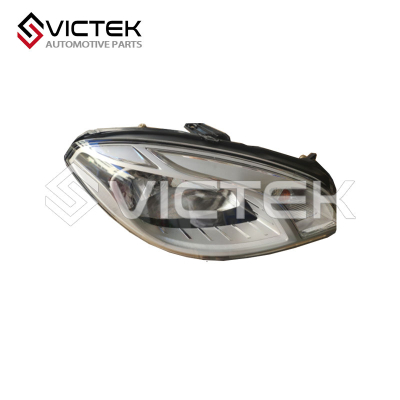474Z-10-500T
Oil delivery: Sucks oil from the pan through the inlet screen and pushes it through the engine’s oil passages—coating every moving part with a thin, protective oil film to reduce friction and prevent metal-on-metal contact.
Pressure control: The built-in pressure relief valve releases excess oil back to the pan if pressure gets too high (stops damage to oil lines, gaskets, or engine parts) and ensures pressure doesn’t drop too low (avoids oil starvation in critical components).
Debris filtration: The inlet screen catches dirt, metal shavings, or sludge from the oil—stops contaminants from reaching sensitive parts (like piston rings or camshaft bearings) and causing scratches, clogs, or premature wear.
Fits These: All Haima S5 variants (matches the engine’s oil flow requirements, mounting points, and pressure specs—confirm via VIN).
Won’t Fit These:
Other Haima models: Like S7, M6, or F7—different engine designs, oil pump sizes, or drive systems (pump won’t work with the engine or causes leaks).
Non-Haima vehicles: Even if the shape looks similar, their engine block specs, oil pressure needs, and crankshaft connections differ (causes oil starvation, pressure damage, or no oil flow at all).
Haima S5 with modified engines: Aftermarket engine upgrades (like bored cylinders or high-performance camshafts) change oil flow demands—original pump can’t keep up (leads to overheating or part failure).
Prep: Drain the Haima S5’s engine oil and remove the oil pan (to access the pump). Disconnect the pump’s drive connection from the crankshaft (may need to remove timing components like the chain or belt).
Remove old pump: Unbolt the old pump from the engine block—check the mounting surface for damage (repair or smooth out if there are scratches). Clean the oil pan and inlet screen to remove debris.
Install new pump: Apply a thin layer of oil-resistant gasket sealant to the pump’s mounting surface (prevents oil leaks). Bolt 474Z-10-500T to the engine block (tighten to Haima’s exact torque specs—over-tightening can crack the block or pump housing). Reconnect the crankshaft drive and replace the oil pan.
Test: Refill the engine with Haima-recommended oil. Start the engine and use a pressure gauge to verify oil pressure (should be 25–65 psi). Check for leaks around the pump, oil pan, and oil lines.
Change oil regularly: Follow Haima’s schedule (usually every 5,000–7,500 km)—old, dirty oil clogs the inlet screen, wears the pump’s gears, and reduces lubrication efficiency.
Check oil pressure monthly: If the S5’s oil pressure light comes on (or the gauge reads too low/high), stop driving immediately—have the pump inspected (low pressure = oil starvation; high pressure = relief valve failure).
Inspect inlet screen during oil changes: Clean or replace the screen if it’s clogged with debris (ensures steady oil flow to the pump and engine parts).
Avoid low oil levels: Never run the S5 with oil below the “min” mark on the dipstick—starves the pump of oil (causes gears to grind and fail, leading to engine damage).
Fits: All Haima S5 variants (matches engine oil flow demands, mounting points, and pressure specs; confirm via VIN).
Won’t Fit: Other Haima models (e.g., S7, M6, F7) with different engine/drive systems, non-Haima vehicles (mismatched block specs/pressure needs), or Haima S5 with modified engines (aftermarket upgrades alter oil flow requirements).
Oil delivery: Coats moving parts with a protective oil film via engine passages, preventing metal-on-metal contact.
Pressure control: Relief valve releases excess oil (avoids line/gasket damage) and maintains stable pressure (prevents oil starvation).
Debris filtration: Inlet screen traps dirt/metal shavings, protecting sensitive components from scratches/clogs.
Requires certified technicians (2–3 hours): Involves draining oil, removing the oil pan/timing components, cleaning the mounting surface, applying gasket sealant, bolting the pump to torque specs, reconnecting the crankshaft drive, and refilling oil.
Post-install test: Verify oil pressure (25–65 psi) with a gauge and check for leaks around the pump/oil pan.
Contact us



